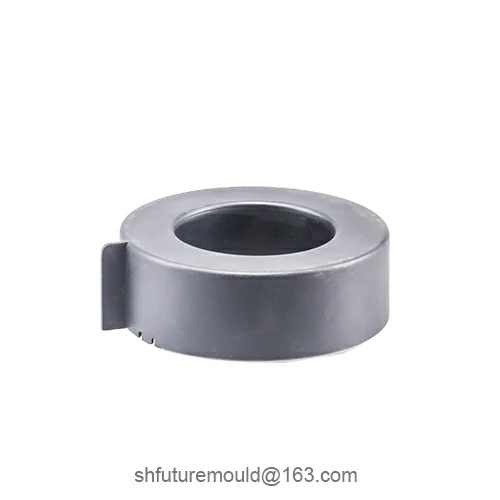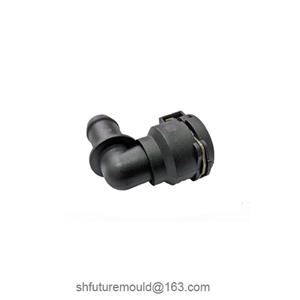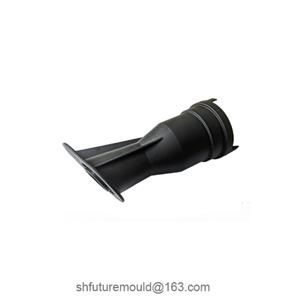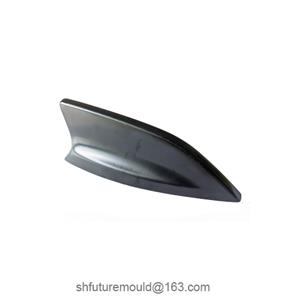Key Considerations in Processing Transparent Injection-Molded Products
Transparent injection-molded products demand exceptional attention to multiple aspects during processing due to their stringent requirements for surface quality, including material selection, equipment adjustment, mold design, and process control.
1. Rational Material Selection
Common materials for transparent injection-molded products include polycarbonate (PC), polymethyl methacrylate (PMMA), and transparent polystyrene (PS), which offer high light transmittance and robust physical properties. Material selection should consider the product’s operating environment, strength requirements, and cost considerations. Impurities or moisture in raw materials must be strictly avoided, as they compromise transparency and product quality.
2. Precision Mold Design
The surface finish of the mold directly determines the transparency and appearance of the final product. High-precision machining processes are essential to achieve defect-free, smooth cavity surfaces. Effective venting systems must be integrated to prevent air entrapment defects, such as flow marks and silver streaks. Additionally, sharp edges and abrupt transitions in mold geometry should be minimized to reduce stress concentration and uneven cooling.
3. Precise Control of Injection Parameters
Transparent materials require meticulous adjustment of injection parameters:
Barrel temperature should be elevated to ensure complete plastic melting, minimizing weld lines and bubbles.
Injection speed must be rapid to avoid cold material lines while maintaining stable pressure for dimensional consistency.
Cooling time should be appropriately extended to prevent excessive internal stress from rapid cooling, which could lead to stress-induced cracking.
4. Rigorous Equipment Cleaning and Maintenance
Given the extreme sensitivity of transparent products to contamination, processing equipment requires regular cleaning to eliminate residual material or carbon deposits in barrels, nozzles, and molds. Equipment previously used for colored materials or masterbatches should be avoided to prevent discoloration of transparent products.
- Injection Mold
- Automotive Injection Mold
- Electronics & Electrical Injection Mold
- Consumer Goods Injection Mold
- Airplane Components Injection Mold
- Medical Components Injection Mold
- Irrigation Components Injection Mold
- Injection Molds




